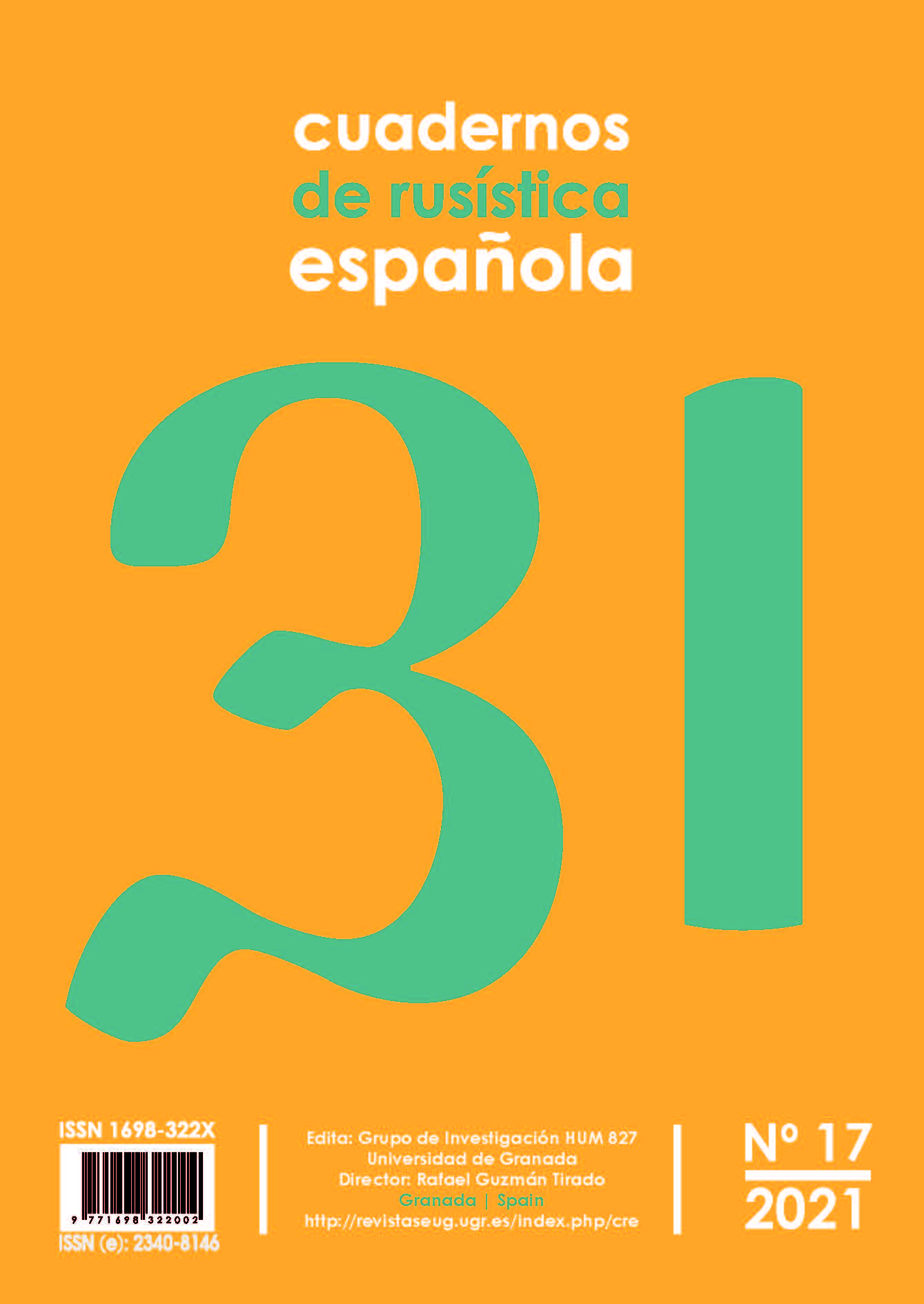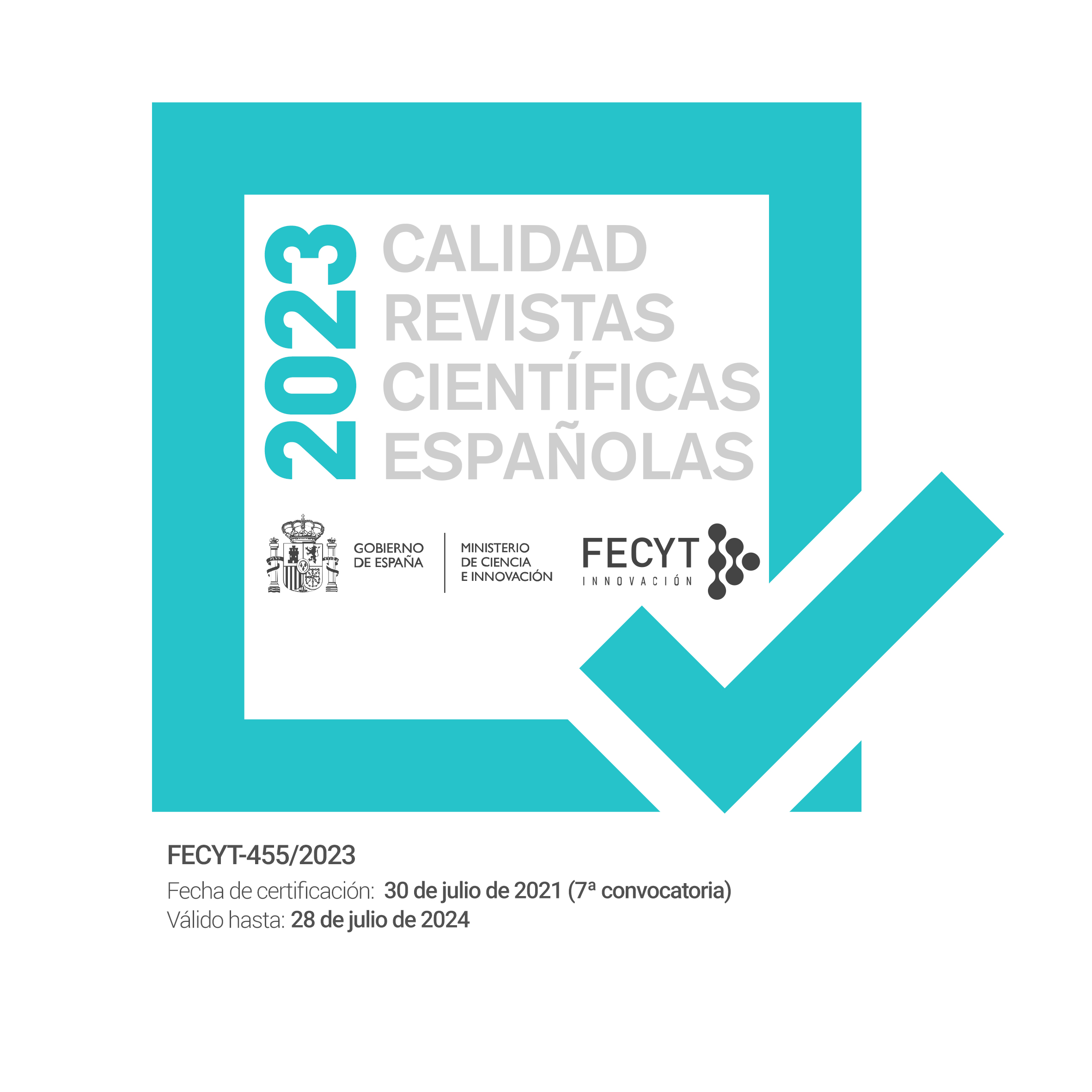The Image of Don Quixote in the Dictionary “Native — Alien” (Linguoimagological and Ethnopsychological Approaches)
DOI:
https://doi.org/10.30827/cre.v17.17997Keywords:
Don Quixote, linguoimagology, ethnopsychology, connotonimization,Abstract
The research is based on the methodology of linguoimagology, which studies the image of people and a country in the perspective of other nations, as well as ethnopsychology, which focuses on the psychology of ethnically related groups. The author analyzes the evolution of Don Quixote’s image in the dichotomy "native-alien" and proves that in early XVIII century, when M. Cervantes's novel was first translated into Russian, Don Quixote was an «alien» name, though a universal precedent phenomenon. In length of time (XX — XXI centuries), the name has become a national precedent and a concept in Russian linguistic consciousness and culture (possibly even East Slavic, but this hypothesis requires additional research). A transitional moment is connotonimization which is reflected in the dictionary of E.S. Otin.
The paper examines the linguoimagological and ethnopsychological factors that caused assimilation of Don Quixote’s image in Russian culture, changing its status from "the alien" to "the native".
Downloads
References
BAHTIN, M. (1965). Tvorchestvo Fransua Rable i narodnaja kul'tura srednevekov'ja i renessansa. Moskva, Hudozhestvennaja literature.
BOLSHOJ TOLKOVYJ SLOVAR RUSSKOGO JAZYKA (red. S.A. Kuznecov). (1988). SPb: Norint.
BULYKO, A.N. (2008). Bolshoj slovar inosrtannyh slov. Moskva: Martin.
FEJHTVANGER, L. (1995). Gojya. Moskva: Izd-vo IL.
IVANOVA, L.P. (2020). Metodologiya lingvisticheskogo issledovaniya. Kyiv: Izdatalskij dom Dmytra Burago.
KRASNYH, V.V. (2002). Jetnopsiholingvistika i lingvokul'turologija: Kurs lekcyj. Moskva: ITDGK Gnozis.
KRYSIN, L.P. (2007). Tolkovyj slovar inoyazychnyh slov. Moskva: Izd-vo JEKSMO.
MELNIKOVA, E.V. (2009). Kultura i tradicii narodov mira (jetnopsihologicheskij aspekt). Moskva: Dialog kultur.
OTIN, E.S. (2004). Slovar konnotativnyh sobstvennyh imen. Doneck: OOO Jugo-Vostok Ltd.
OZHEGOV, S.I. (1970). Slovar' russkogo jazyka. 8-e, stereotip. Moskva, Sovetskaja jenciklopedija.
PINSKIJ, L.E. (1971). «Servantes». / Kratkaja literaturnaja jenciklopedija. Т 6. Moskva: Sovetskaja jenciklopedija.
PUSHKIN, A.S. (1962). «Kritika i publicystika» (t. VI). In: Sobranie sochinenij v 10-ti tomah. Moskva: Gos. Izd-vo hudozhestvennoj literatury.
SHANSKIJ, N.M., Ivanov V.V., Shanskaia, T.V. (1975). Kratkij jetimologicheskij slovar' russkogo jazyka. Moskva: Prosveshhenie.
STEPANOV, Yu.S. (2001). Konstanty: Slovar russkoj kultury. Moskva: Akademicheskij Proekt.
SVODNYJ SLOVAR' SOVREMENNOJ RUSSKOJ LEKSIKI: V 2 tt. (red. R.P. Rogozhnikova) (1991). AN SSSR. In-t russkogo jazyka. Moskva: Rus.jaz. t. 1. A-O.
TOLKOVYJ SLOVAR' RUSSKOGO JAZYKA. (red. prof. D.N. Ushakov). (1935) T. 1 A- Kjuriny. Gos. in-t «Sovetskaja jenciklopedija». Moskva, OGIZ.












